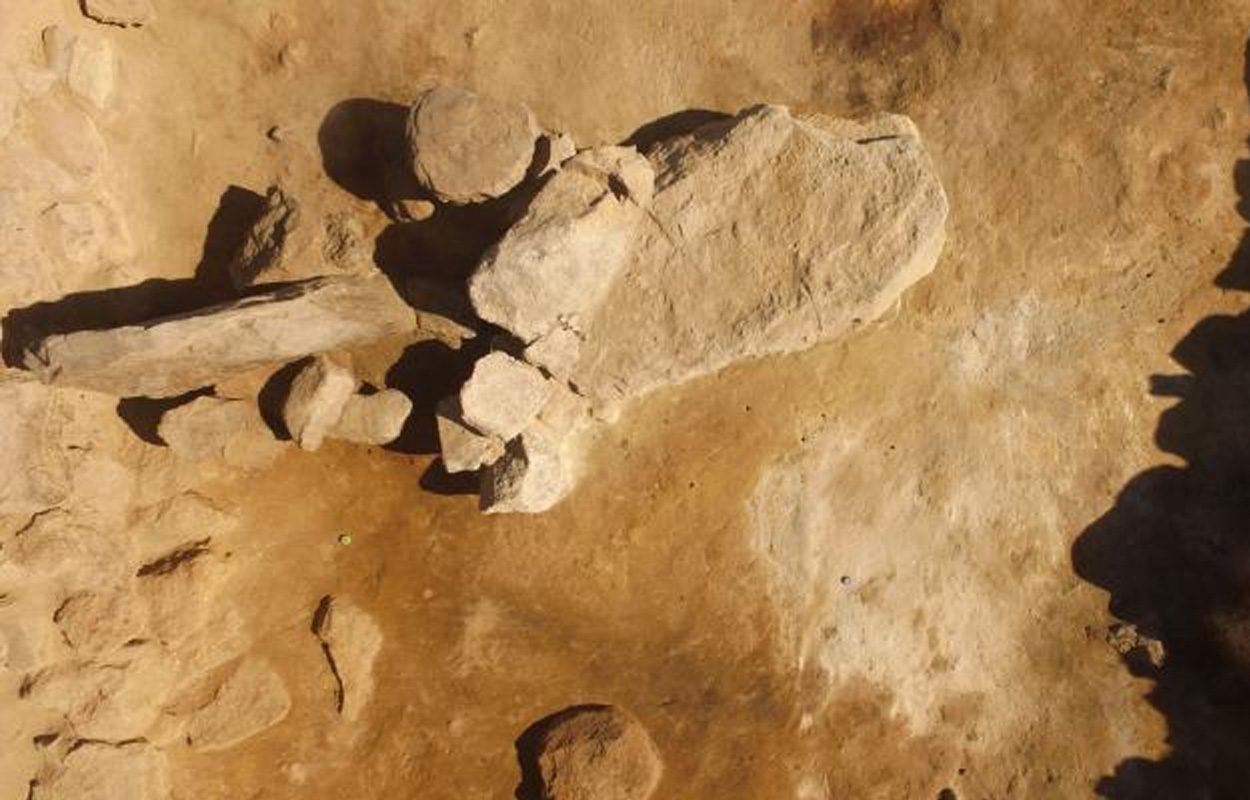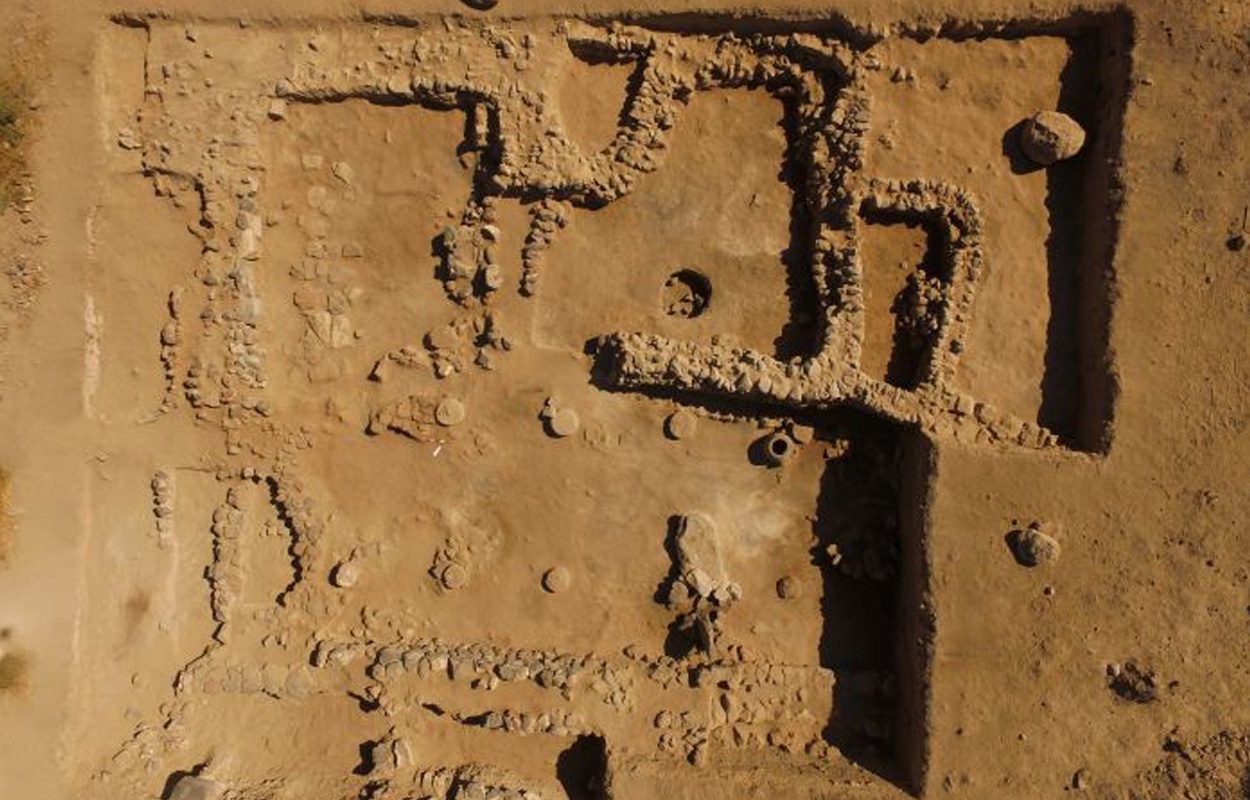A joint Polish-Armenian archaeological mission has uncovered a columned building containing large amounts of flour at ancient Metsamor in the Armenian province of Armavir.
Metsamor was a fortified city with the earliest evidence of occupation dating to the 4th millennium BC (Chalcolithic). In the Late Bronze and Early Iron Ages, the settlement became an important religious and economic centre consisting of a large religious complex, a palace, and a fortified citadel.
While it was long believed that the city was destroyed by the Urartians during the Iron Age, more recent research now suggests that the destruction was caused by Scythian or Cimmerian nomads.
The archaeological mission is a joint project led by the University of Warsaw and the Department of Antiquities and Protection of National Heritage of Armenia.

Excavations have uncovered a 3,000-year-old building supported by columns that was used from the 11th and the beginning of the 9th century BC. The building collapsed during a fire leaving behind what was believed to be layers of ash up to 36 cm thick, however, using floatation this has been revealed to be flour.
Prof. Krzysztof Jakubiak from the Faculty of Archaeology at the University of Warsaw, said: “It is one of the oldest known structures of this type from the southern Caucasus and eastern Anatolia. Its remains have been preserved so well only thanks to an ancient fire.”
The researchers estimate that the building stored up to 3.5 tons of flour, while the building consisted of two rows of wooden columns supporting a reed roof with wooden beams. Only the stone bases of the columns and well-preserved burned fragments of beams and roof sheathing have survived.
The team suggest that the building initially had a representative function, but was converted for the production of bread, evidenced by the discovery of several furnaces.
Header Image Credit : Patrick Okrajek





